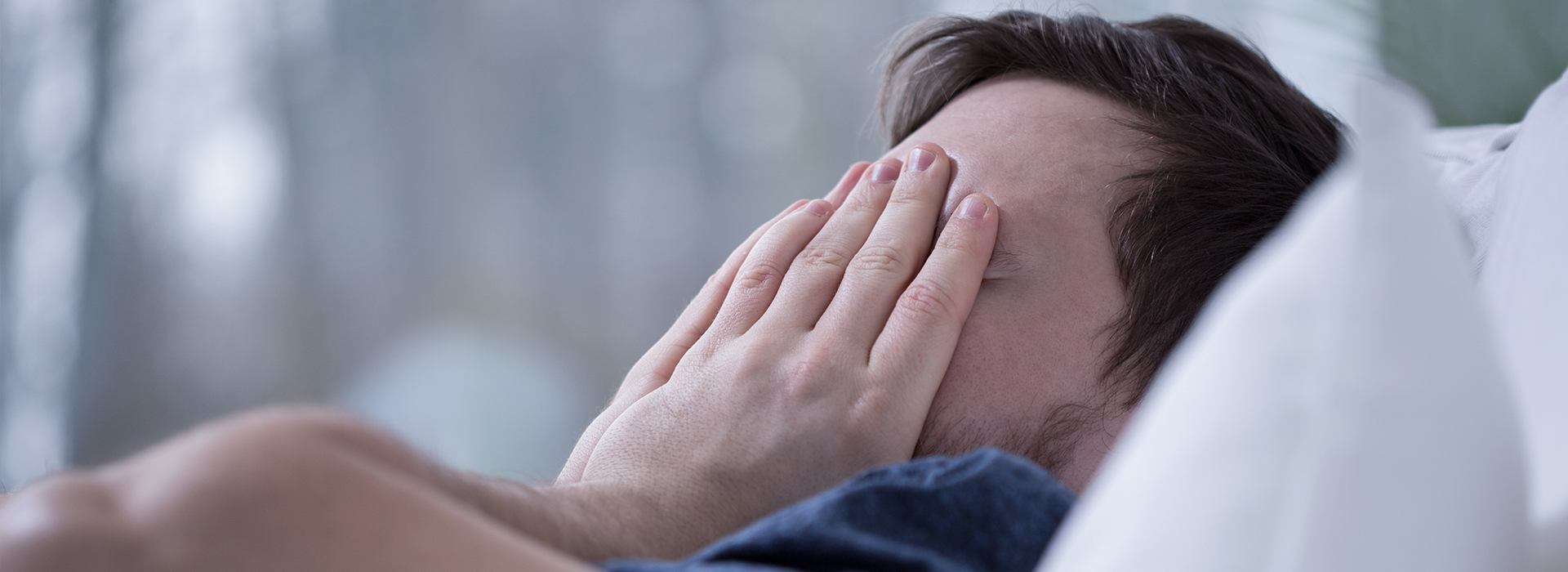
A full, restorative night’s sleep is a foundation for physical and mental well-being. When breathing is interrupted during sleep, the consequences reach beyond feeling groggy — they can affect heart health, daytime performance, mood, and oral health. Many people who snore or wake feeling unrefreshed are described the same way: tired despite time in bed. Understanding how and why sleep is disrupted is the first step toward safer nights and brighter days.
Sleep is a complex and active state in which the body repairs tissues, consolidates memory, and regulates hormones. When breathing stops or becomes shallow, oxygen levels drop and the body reacts with brief awakenings to restore airflow. These interruptions may be too short to remember, but they fragment sleep architecture and reduce the restorative benefits of rest.
From an oral health standpoint, obstructive sleep apnea can influence the jaw, airway anatomy, and dental wear patterns. Patients with untreated airway obstruction may grind their teeth, experience chronic dry mouth, or develop changes in bite over time. Because dentists routinely evaluate the structures of the mouth and throat, dental visits are a natural opportunity to identify signs that warrant further evaluation.
Beyond the mouth, untreated sleep-disordered breathing is linked to higher risks for high blood pressure, stroke, and metabolic problems. Addressing sleep issues is a preventive measure: improving breathing at night can reduce strain on the cardiovascular system and improve daytime alertness and quality of life.
Some symptoms are obvious — loud, disruptive snoring or witnessed pauses in breathing — while others are more subtle. Frequent morning headaches, excessive daytime sleepiness, difficulty concentrating, or mood changes may all point to fragmented sleep. Bed partners are often the first to notice patterns that suggest a breathing disorder.
Sleep-disordered breathing may also present as persistent dry mouth, sore throat upon waking, or increased tooth sensitivity related to nighttime grinding. These oral signs, coupled with daytime symptoms, help build a clearer picture of whether further assessment is needed.
Risk is influenced by many factors, including anatomy, age, weight, and medical history. Because symptoms overlap with other conditions, a careful review of personal and family health, sleep habits, and nighttime observations helps clinicians determine whether testing or a specialist referral is appropriate.
Diagnosis typically begins with a medical evaluation and a conversation about symptoms. Physicians or sleep specialists may recommend a sleep study to observe breathing, oxygen levels, and sleep stages. These studies can be performed in a sleep lab or, in many cases, with validated home testing equipment that measures airflow, oxygen saturation, and breathing patterns.
Results from a sleep study quantify how often breathing is disrupted and how those events affect oxygen levels and sleep continuity. This information is used to determine the severity of the condition and guide treatment decisions. Collaborative care — involving your primary care physician, a sleep specialist, and dental professionals — often yields the most comprehensive plan.
Dental clinicians play an important role in screening and in coordinating care. During an exam, your dental provider may note physical features such as tongue size, jaw position, or tissue anatomy that contribute to airway narrowing. When warranted, the dental team can work with medical providers to support diagnosis and follow-up.
Treatment for obstructive sleep apnea varies depending on severity, health status, and patient preferences. Continuous positive airway pressure (CPAP) machines remain a primary medical treatment and are highly effective for many patients because they deliver pressurized air to keep the airway open during sleep. However, adherence can be a challenge, and not every patient tolerates CPAP comfortably.
Medical and surgical options exist for specific anatomic contributors to airway obstruction, and lifestyle interventions such as positional therapy, weight management, and smoking cessation can reduce symptoms for some individuals. Selecting the right combination of therapies is a clinical decision based on diagnostic findings, symptom burden, and individual goals.
Because sleep-disordered breathing is a medical condition with oral implications, coordination between medical and dental teams helps ensure that treatments are both safe and effective. Regular follow-up and outcome tracking are essential to evaluate progress and make adjustments as needed.
Oral appliance therapy offers an effective, non-invasive option for many people with mild to moderate obstructive sleep apnea or for those who cannot tolerate CPAP. These devices are custom-made by dental professionals to reposition the lower jaw or stabilize soft tissues so the airway remains open while sleeping. When properly fitted, an oral appliance can reduce snoring and decrease the frequency of breathing interruptions.
A successful oral appliance begins with a thorough dental examination and precise impressions or digital scans of the teeth. The appliance is then crafted to match a patient’s anatomy and sleep goals. Initial fitting includes adjustments to balance comfort, jaw position, and therapeutic effectiveness; ongoing refinement is common during the first several weeks and months.
Long-term management involves periodic dental evaluations to monitor jaw joint comfort, tooth movement, and appliance condition. A tailored follow-up schedule ensures the device continues to provide airway benefits while protecting dental health. In many practices, collaborative care with a sleep physician is used to correlate appliance adjustments with objective sleep data.
When dental professionals provide sleep-focused care, they combine knowledge of oral function with attention to airway dynamics. Treatment planning considers bite alignment, jaw range of motion, dental restorations, and periodontal health so that any appliance fits comfortably and safely within the mouth.
Patients can expect an initial evaluation, device fabrication or prescription coordination, and a period of fine-tuning. Education about nightly use, cleaning, and signs to report — such as new jaw pain or changes in tooth position — is part of comprehensive care. Successful outcomes depend on clear communication among the patient, dentist, and any medical providers involved.
At Seals Family Dentistry we take a patient-centered approach to dental sleep medicine, focused on individualized assessment, precise appliance design, and attentive follow-up. Our goal is to help people achieve safer sleep while preserving long-term oral health.
If you suspect sleep apnea or are troubled by persistent snoring or daytime sleepiness, reach out to learn more about diagnostic options and treatment strategies. Contact us for more information and to discuss which pathway may be right for you.

Whether you're ready to schedule your first appointment, have a question about our services, or need urgent dental care, we’re just a call or click away. Our friendly team is here to make your experience simple, stress-free, and tailored to your needs.